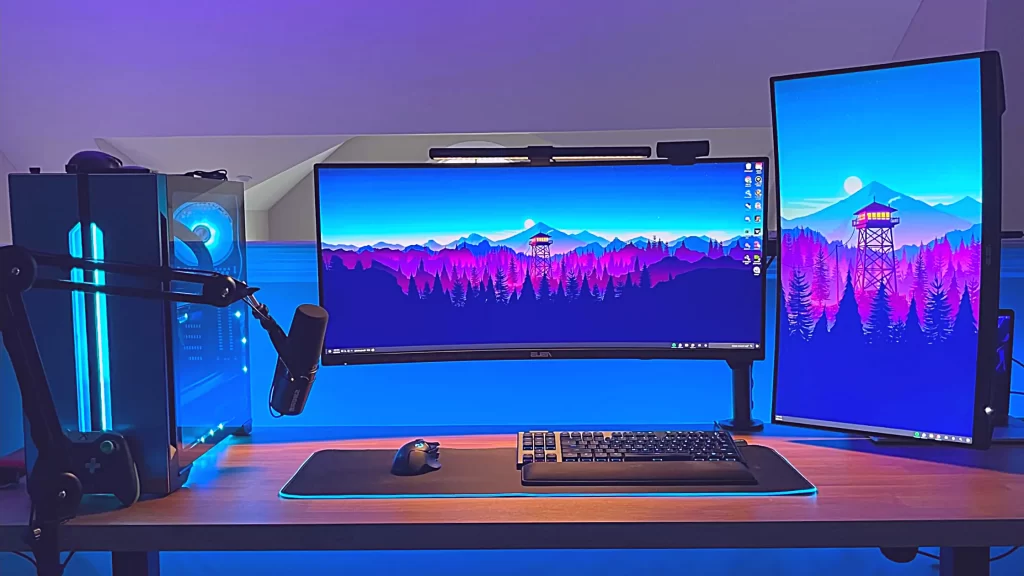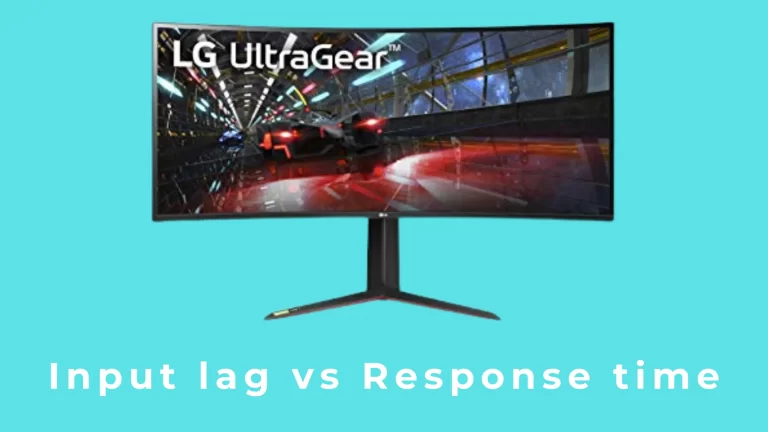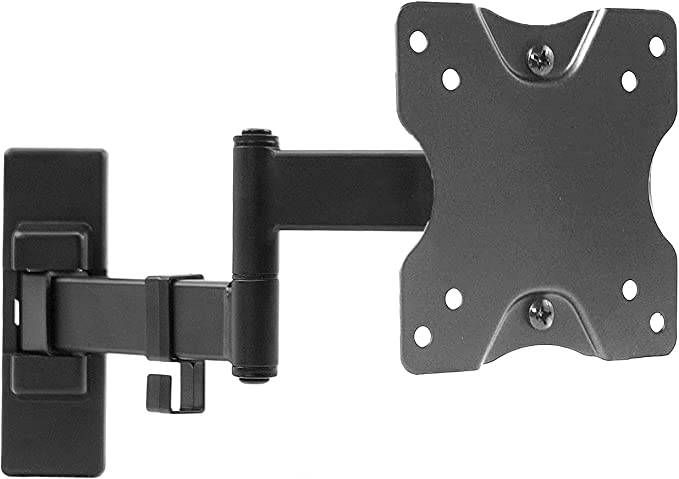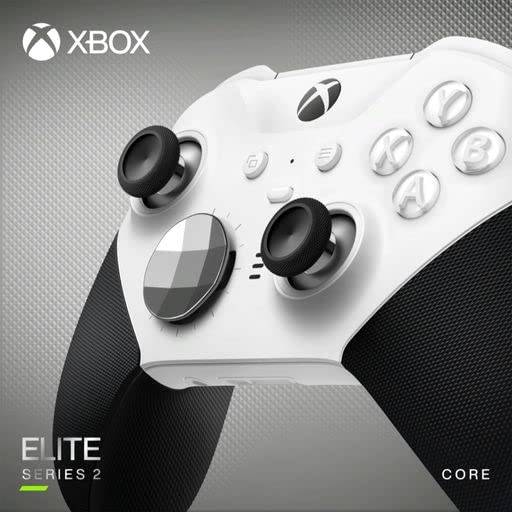2 Monitors Vs. 3 Monitors: Which Is The Best For Productivity?
Many factors decide which monitor is best for you, 2 or 3. You’ll want to choose something with a resolution that you’re pleased with but also something compatible with your computer and be comfortable with how much screen space you have available. Get all the details in this article!
Overview of 2 Monitors vs. 3 Monitors

In this blog post, we will compare two monitors vs. three monitors in terms of productivity. We will also discuss the pros and cons of using each type of monitor.
There are many different types of monitors on the market today, each with unique benefits and drawbacks. We will compare two monitors vs. three monitors in terms of productivity.
2 Monitors:
1) Two monitors allow you to have more space for your work. You can split the screen in half to have more space to work on two projects simultaneously.
2) Two monitors are less expensive than a single monitor, which means you can buy them together and save money.
3) Two monitors can be placed side by side or across each other, giving you more flexibility when working on your projects.
3 Monitors:
1) Three monitors allow you even more space for your work. You can split the screen into three parts, which provides plenty of room to work on three projects simultaneously.
2) Three monitors are more expensive than two monitors, but they offer many benefits that make them worth the investment.
3) Three monitors can be placed side by side or across each other, giving you even more flexibility when working on your projects.
Setting Up Your 2 Monitors
Are you in the market for a new monitor? Do you have to choose between monitors that are good for productivity and monitors that are good for entertainment?
There is no right or wrong answer, but there are some important considerations when deciding. Here are four factors to consider when deciding which type of monitor is best for you:
1. Screen Size
The first consideration is screen size. Do you need a large monitor or a small one to be produced? A large monitor will be more comfortable and easier to work with, but it may not be necessary if you don’t have a lot of editing or design work.
2. Resolution
The next consideration is resolution. Higher resolutions offer crisper images and more detail than lower resolutions. However, higher resolutions can also take more time to load and can be more taxing on your computer’s resources.
A lower resolution may be fine if you’ryou only use the monitor for general browsing, light work, or emailing. But a higher resolution might be better f you plan on doing any heavy editing or graphic design work,
3. Panel Type and Gaming Features
A third factor to consider is the panel type and gaming features. Some monitors have panels that are better for productivity, and others that are better for entertainment.
For example, a monitor with a TN panel type is generally better for productivity due to its fast response time, but it may not be ideal for gaming because of the low screen refresh rate.
4. Features
Last but not least, consider features. Some features you might want to consider include a built-in speaker, a tilting monitor, a portrait mode, and a night vision mode.
The Benefits of 2 Monitors
Do you work on multiple projects at the same time? Do you need to check email, answer phone calls, and work on a project simultaneously? If so, you need two monitors!
A dual monitor setup allows you to have two separate screens that you can use to work on different projects. This way, you can avoid getting sidetracked and keep your focus on the task at hand.
There are many benefits to using two monitors. For example, using two monitors allows you more space for your files. It also allows you more space for your screenshots and other documents.
Dual monitor setups also improve your productivity. Two screens allow you to move between different projects without losing your place. This means you can make more efficient decisions and get more work done in a shorter period.
If you are ever considering a dual monitor setup, talk to a salesperson at the store or online. They can help guide you in the right direction and recommend the best type of monitor for your needs.
The Downsides of 2 Monitors
You’re probably using two monitors all the time. But are they the best for productivity?
Two monitors offer many advantages, but there are also a few downsides. Here are the top three reasons to consider using two monitors instead of one:
1. Multitasking is easier with two screens: You can work on two different tasks simultaneously without having to switch between them. This is especially helpful if you have to take care of multiple tasks simultaneously.
2. You can see more details on both screens: You see more details simultaneously. This, with two screens, is especially helpful if you focus on a task requiring detailed attention.
3. You can work in split-screen mode: This lets you simultaneously work on different parts of a document or spreadsheet on two screens.
This is useful if you have to compare different pieces of information or deal with multiple tasks simultaneously.
The main downside of using two monitors is that it can be more expensive than one. Additionally, it’s important to ensure that your computer has enough power and space to support both screens.
Setting Up Your 3 Monitors
Many different types of monitors are available on the market today, and it can be hard to decide which is the best for your productivity. This blog post will discuss the different types of monitors and which is the best for you.
First, let’s discuss the different types of monitors available on the market. There are desk monitors, which are smaller and easier to carry around. They are great for people who want to use their monitor while working in a fixed location.
Next, there are large-screen monitors. These monitors are perfect for people who work in an office or have a lot of space.
They are also great for people who want to watch movies or use other multimedia applications.
Last, there are mobile devices that have built-in monitors. These monitors are perfect for people who want to use their phone as a desktop monitor.
They often have better resolutions than regular desktop monitors and have more features than regular mobile devices.
Now that we know the different types of monitors, it is time to decide which one is best for you. If you primarily want a small monitor that you can take with you wherever you go, a desk monitor is the best option.
If you want a large monitor that you can use in an office or a mobile device, a large-screen monitor is the best option.
The Benefits of 3 Monitors
Monitoring your work output is essential for any business. However, with so many different monitors on the market, which one is best for productivity?
There are three main types of monitors: CRT monitors, LCD monitors, and plasma screens.
CRT monitors are the oldest type of monitor and the largest and heaviest. They have a flat-screen that is difficult to view from a distance and can be difficult to use because they require special software to operate.
LCD monitors are the most popular type because they are lightweight and easy to use. They have a flat-screen that is easy to view from a distance, but they can be more expensive than CRT monitors.
Plasma screens are the newest type of monitor and are becoming more popular because they have the best features of all three types of monitors. They have a curved screen that is easy to view from a distance, are high resolution, and are lightweight.
The Downsides of 3 Monitor s
Monitors have come a long way since their first appearance on the market. They have gone from being large and clunky to be sleek and slim. However, there are still some downsides to using monitors.
One downside of monitors is that they can be expensive. As technology changes, you may need to buy a new monitor every few years. Additionally, monitors can take up a lot of space on your desk or office.
Another downside of monitors is that they can be distracting. If you are working on a document or project, it can be difficult to keep your focus if you have a monitor next to you.
Overall, monitors are great for productivity and have made life much easier for many people. However, there are still some downsides to using them.
Frequently Asked Questions
Is a 3rd monitor worth it?
A 3rd monitor is worth it if you use it for tasks that are split across two monitors, such as using one monitor for work and another for browsing the web. Using a 3rd monitor primarily for gaming or watching videos is not likely to be an investment.
Does having two monitors slow your computer down?
Having two monitors doesn’t necessarily slow your computer down, but it can increase the load on your graphics card and related components. If you’re concerned about this, try using a single monitor instead of two. Alternatively, you can invest in a 3rd monitor dedicated to graphics processing.
Does using three monitors reduce performance?
Three monitors typically don’t hurt performance, but depending on your computer’s graphics card and other components, adding a third monitor could increase their load you’re concerned about this, try using a single monitor instead of two.
Is there a point in having two monitors?
There’s no right or wrong answer to this question, but some people find that having two monitors provides a better overall experience. It’s up to you to decide if two monitors are enough for your needs.





